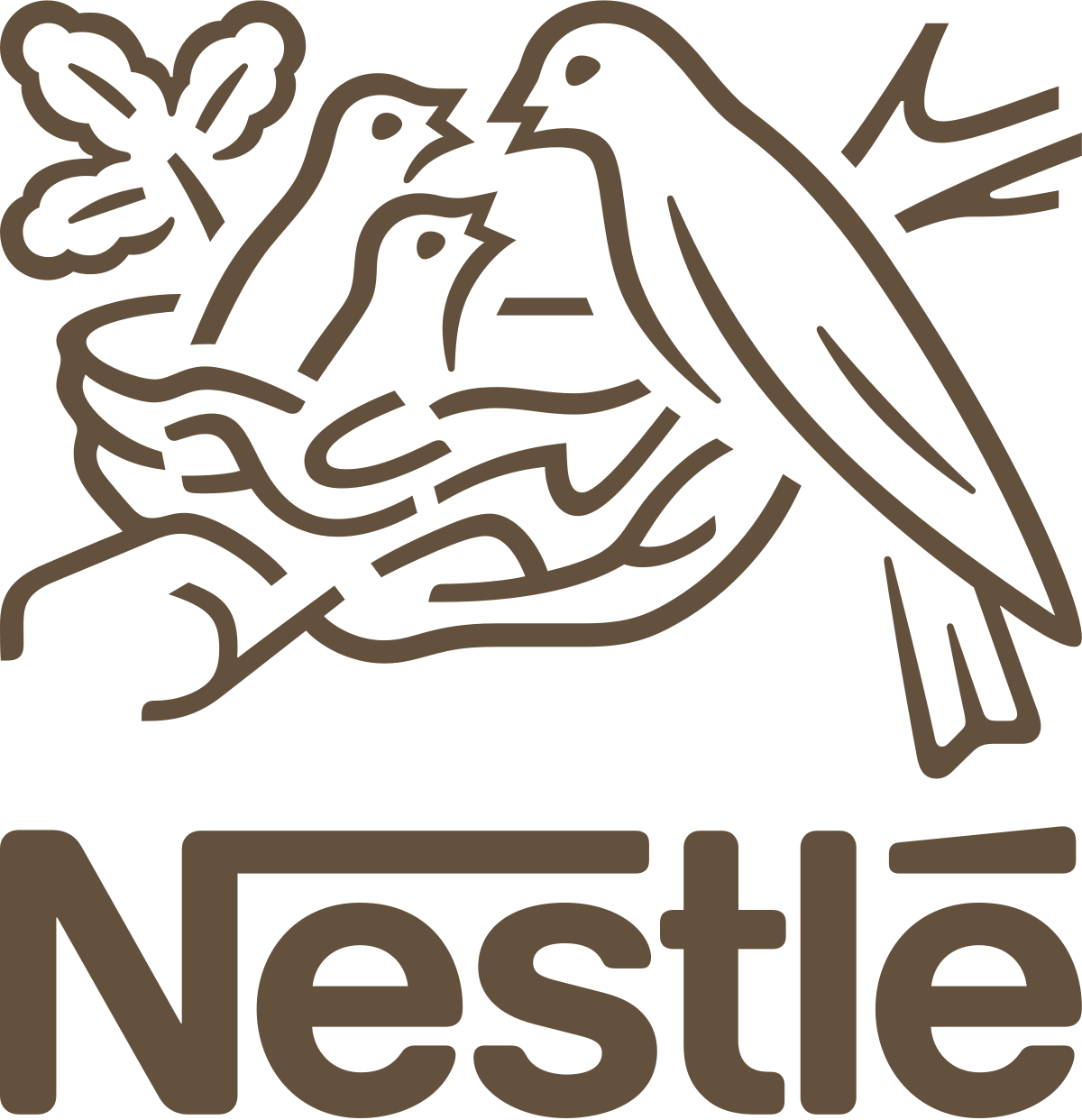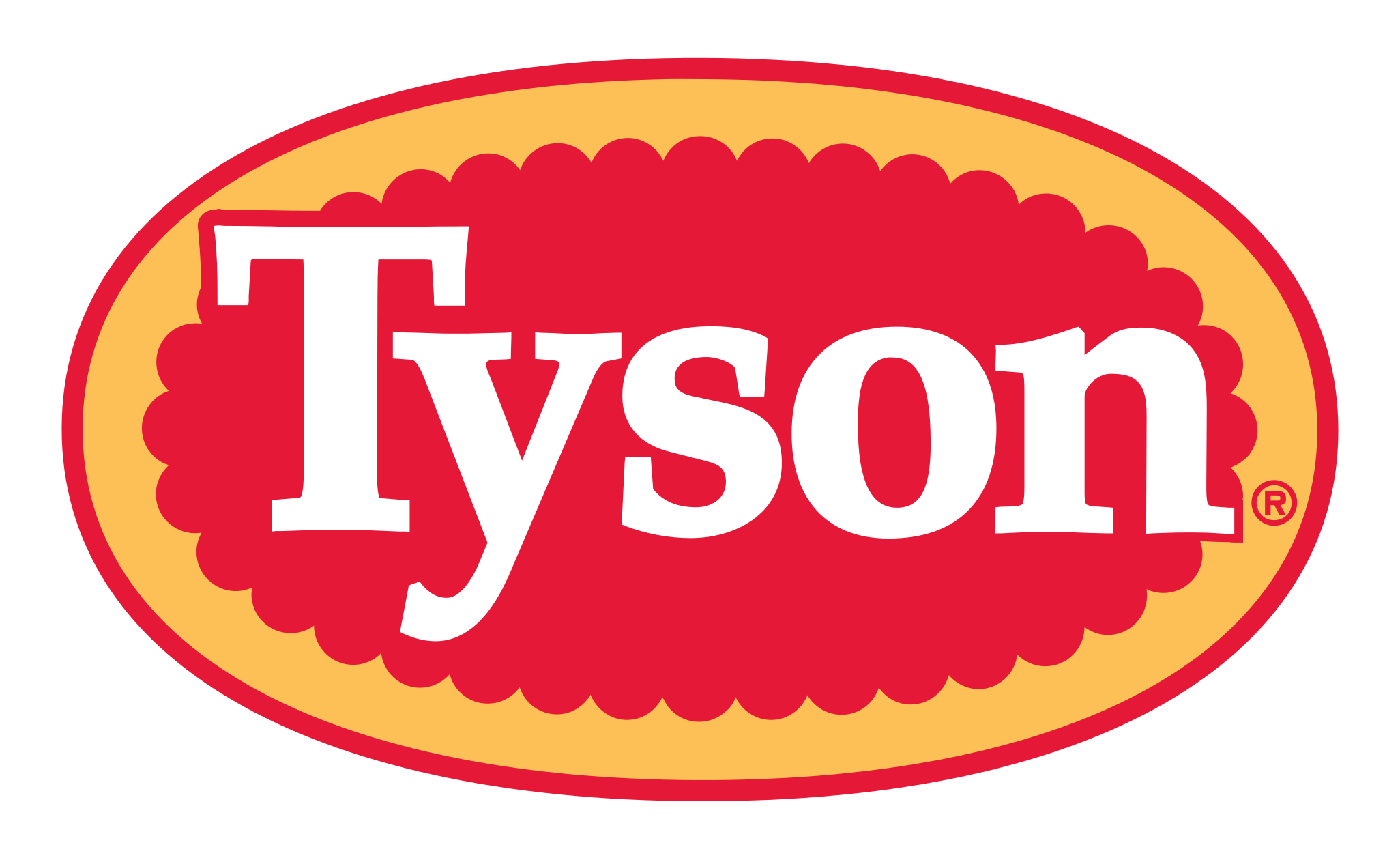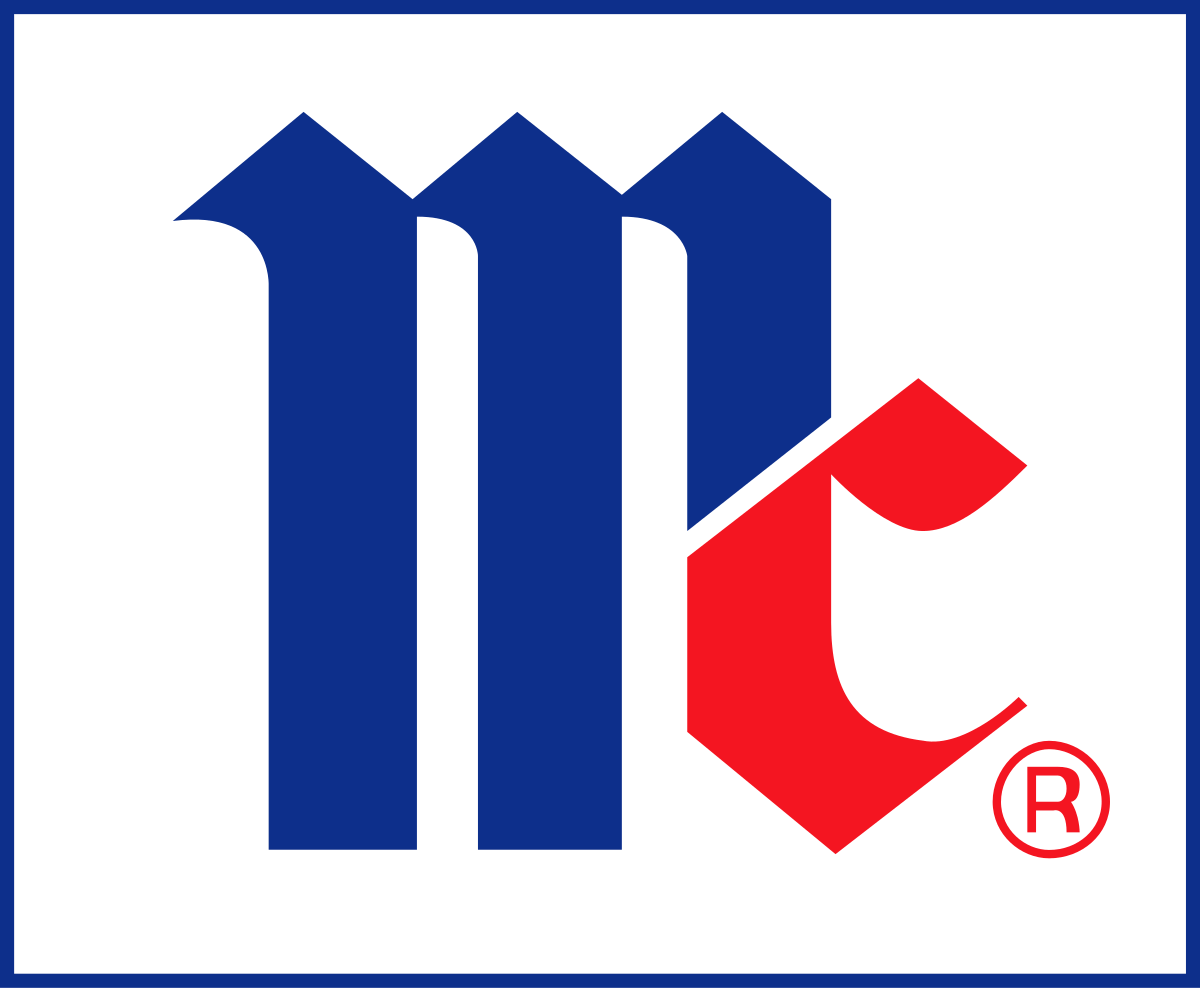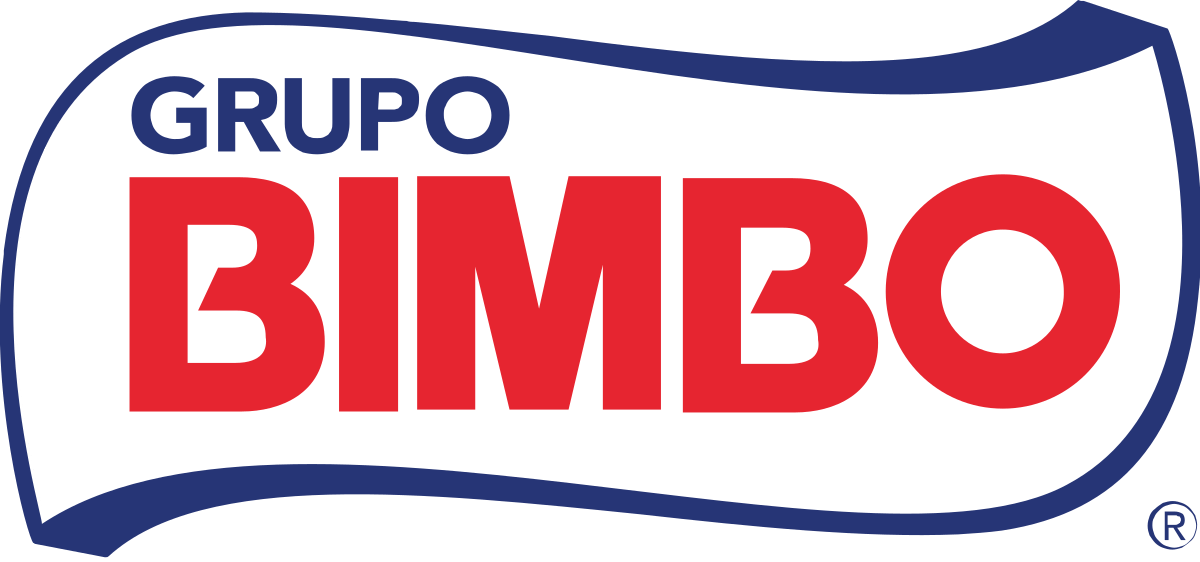Global Frozen Food Market By Types, By Product, By Type, By Consumption, By Distribution Channel, By Region & Segmental Insights Trends and Forecast, 2023 – 2031
- Industry: Food & Beverages
- Report ID: TNR-110-933
- Number of Pages: 420
- Table/Charts : Yes
- November, 2023
- Base Year : 2024
- No. of Companies : 10+
- No. of Countries : 29
- Views : 10298
- Covid Impact Covered: Yes
- War Impact Covered: Yes
- Formats : PDF, Excel, PPT
Frozen food refers to food products that have been processed, preserved, and stored at extremely low temperatures to maintain their freshness and extend their shelf life. This preservation method involves freezing the food to temperatures typically below -18 degrees Celsius (-0.4 degrees Fahrenheit). By doing so, the growth of microorganisms and enzymes that can cause food spoilage is effectively halted. Frozen food encompasses a wide variety of items, including fruits, vegetables, meats, seafood, prepared meals, and desserts.
It offers the convenience of longer storage, reduced food waste, and the ability to enjoy seasonal or perishable foods year-round. Frozen food is a convenient option for busy households and is subject to stringent quality and safety standards to ensure its nutritional value and taste are preserved. In terms of revenue, the global frozen food market was worth US$ 247.8 Bn in 2022, anticipated to witness CAGR of 4.5% during 2023 – 2031.
Global Frozen Food Market Revenue & Forecast, (US$ Million), 2015 – 2031

Trends in the Global Frozen Food Market
- There is a growing trend of consumers seeking healthier frozen food options. People are currently placing a strong emphasis on wellness and nutrition, leading to an upsurge in the demand for frozen foods that offer better nutritional profiles. Manufacturers are responding by introducing frozen products with lower sodium, reduced sugar, and cleaner ingredient lists. This trend is driven by ongoing concerns for personal health and wellness, with consumers actively seeking frozen foods that align with their current dietary preferences and nutritional goals.
- The global frozen ready meals category is currently expanding rapidly. With the fast-paced nature of modern life, consumers are increasingly turning to convenient frozen meal solutions. In response, companies are continuously innovating by introducing diverse and culturally-inspired frozen ready meals that cater to varied tastes and preferences. These offerings range from international cuisines to specialized dietary options, such as plant-based and gluten-free meals. The expansion of this segment reflects a current trend where consumers are seeking convenient, yet diverse and flavorful, meal options within the frozen food market.
Convenience foods & ready meals segment has gained popularity in recent years and is anticipated to be the fastest growing segment in the global frozen food market during the forecast period due to shifting consumer lifestyles and demands for quick, easy, and delicious meal solutions. Busy schedules and the desire for minimal meal preparation have led to an increased reliance on frozen ready meals. Surveys reveal that consumers appreciate the variety, portion control, and reduced food waste offered by this segment. Manufacturers are continually innovating to cater to diverse tastes, dietary preferences, and health-conscious consumers, contributing to the segment’s remarkable growth within the frozen food market.

Ready-to-eat frozen foods had the highest share in the global frozen food market in 2022. Ready-to-eat options offer hassle-free meal solutions, requiring no preparation or cooking time. The segment caters to the modern consumer’s busy lifestyle and desire for quick, flavorful, and time-saving dining experiences. The popularity of frozen pizzas, microwaveable entrees, and other ready-to-eat products is further boosted by continuous product innovation and diverse culinary offerings, ensuring their enduring dominance within the frozen food market.

Asia Pacific is expected to witness the highest growth rate in the frozen food market during the forecast period due to evolving consumer preferences and a burgeoning middle-class population. The region is witnessing a surge in urbanization and an increase in dual-income households, leading to greater demand for convenient meal solutions. Surveys indicate that consumers are becoming more health-conscious and inclined toward international cuisines. Frozen foods, particularly those offering healthier options and diverse flavors, are capitalizing on these trends. This growth is further propelled by the expansion of modern retail and e-commerce, making frozen products more accessible to a wider audience across the Asia Pacific region.
Competitive Landscape
Some of the players operating in the frozen food market are
- Ajinomoto Co., Inc.
- Associated British Foods plc
- Cargill, Incorporated
- Conagra Brands, Inc.
- europastry
- General Mills Inc.
- Grupo Bimbo
- JBS Foods
- Kellogg’s Company
- Lantmannen Unibake
- McCain Foods Limited
- Nestle
- The Kraft Heinz Company
- Unilever
- Vandemoortele
- Other Industry Participants
Report Summary of Global Frozen Food Market
| Report Specifications | Details |
| Market Revenue in 2022 | US$ 247.8 Billion |
| Market Size Forecast by 2031 | US$ 427.9 Billion |
| Growth Rate (CAGR) | 4.5% |
| Historic Data | 2015 – 2021 |
| Base Year for Estimation | 2022 |
| Forecast Period | 2023 – 2031 |
| Report Inclusions | Market Size & Estimates, Market Dynamics, Competitive Scenario, Trends, Growth Factors, Market Determinants, Key Investment Segmentation, Product/Service/Solutions Benchmarking |
| Segments Covered | By Types, By Product, By Type, By Consumption, By Distribution Channel |
| Regions Covered | North America, Europe, Asia Pacific, Middle East & Africa, Latin America |
| Countries Covered | U.S., Canada, Mexico, Rest of North America, France, The UK, Spain, Germany, Italy, Nordic Countries (Denmark, Finland, Iceland, Sweden, Norway), Benelux Union (Belgium, The Netherlands, Luxembourg), Rest of Europe, China, Japan, India, New Zealand, Australia, South Korea, Southeast Asia (Indonesia, Thailand, Malaysia, Singapore, Rest of Southeast Asia), Rest of Asia Pacific, Saudi Arabia, UAE, Egypt, Kuwait, South Africa, Rest of Middle East & Africa, Brazil, Argentina, Rest of Latin America |
| Key Players | Ajinomoto Co., Inc., Associated British Foods plc, Cargill, Incorporated, Conagra Brands, Inc., Europastry, General Mills Inc., Grupo Bimbo, JBS Foods, Kellogg’s Company, Lantmannen Unibake, McCain Foods Limited, Nestle, The Kraft Heinz Company, Unilever, Vandemoortele, Other Industry Participants |
| Customization Scope | Customization allows for the inclusion/modification of content pertaining to geographical regions, countries, and specific market segments. |
| Pricing & Procurement Options | Explore purchase options tailored to your specific research requirements |
| Contact Details | Consult With Our Expert Japan (Toll-Free): – +81 663-386-8111South Korea (Toll-Free): – +82-808- 703-126 Saudi Arabia (Toll-Free): – +966 800 850 1643 United States: +1 302-232-5106 United Kingdom: +447537105080 E-mail: askanexpert@thenicheresearch.com |
Global Frozen Food Market
By Product
- Frozen Vegetables
- Frozen Potatoes
- Broccoli
- Butternut squash
- Peas
- Spinach
- Carrot
- Brussels sprouts
- Corn
- Other frozen vegetables
- Bakery Products
-
- Bread and Pizza Crusts
- Other Bakery Products
- Frozen Fruits
- Dairy Products
- Meat & Seafood Products
- Convenience Foods & Ready Meals
- Other Products
By Type
- Raw Material
- Half-Cooked
- Ready-To-Eat
By Consumption
- Foodservice
- Retail
By Distribution Channel
- Offline
- Online
By Region
- North America (U.S., Canada, Mexico, Rest of North America)
- Europe (France, The UK, Spain, Germany, Italy, Nordic Countries (Denmark, Finland, Iceland, Sweden, Norway), Benelux Union (Belgium, The Netherlands, Luxembourg), Rest of Europe)
- Asia Pacific (China, Japan, India, New Zealand, Australia, South Korea, Southeast Asia (Indonesia, Thailand, Malaysia, Singapore, Rest of Southeast Asia), Rest of Asia Pacific)
- Middle East & Africa (Saudi Arabia, UAE, Egypt, Kuwait, South Africa, Rest of Middle East & Africa)
- Latin America (Brazil, Argentina, Rest of Latin America)
Report Coverage and Deliverables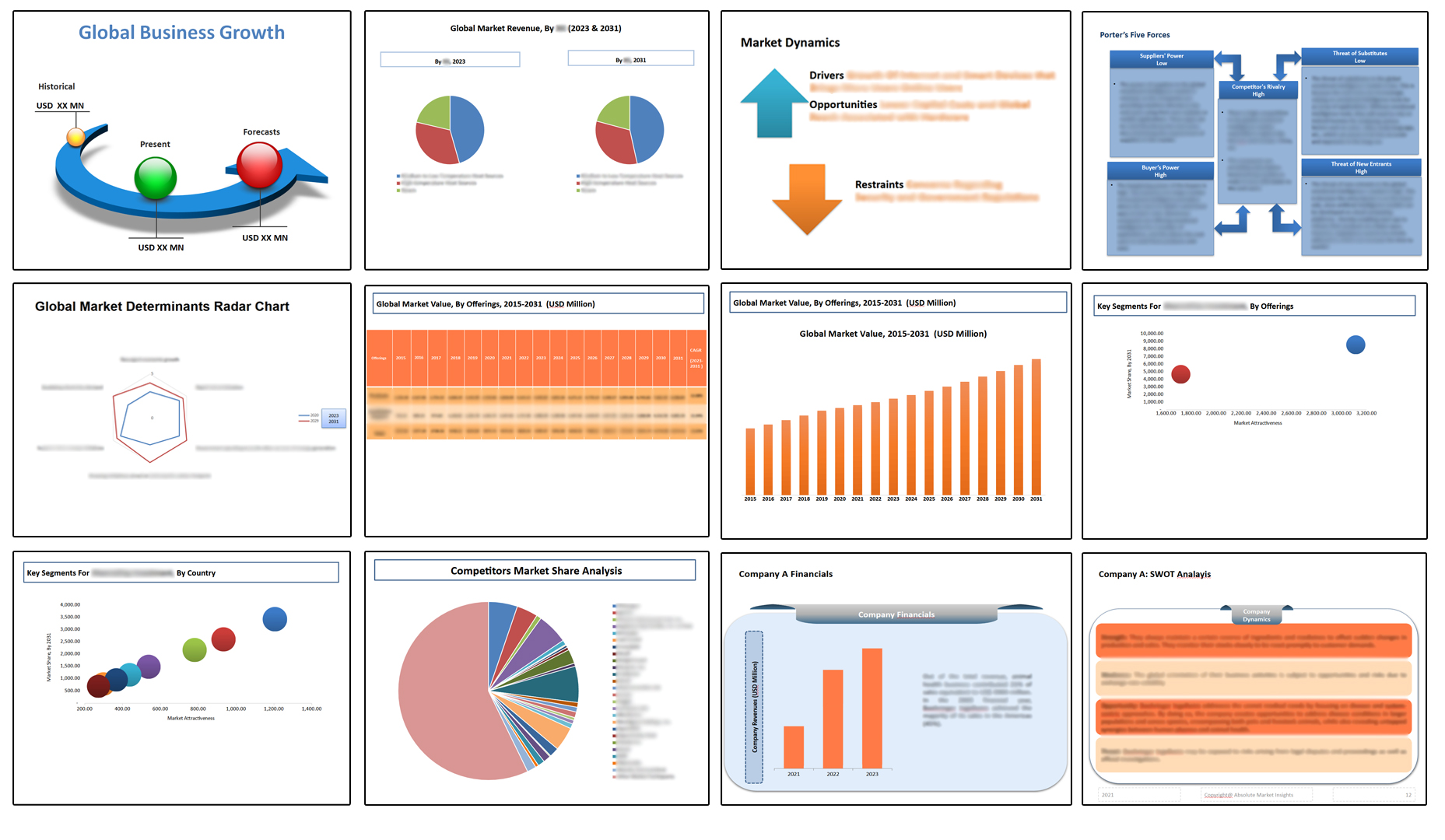
Table of Contents
**Exclusive for Multi-User and Enterprise User.
Global Frozen Food Market Segmentation
By Product
By Type
By Consumption
By Distribution Channel
By Region
**Note: The report covers cross-segmentation analysis by region further into countries
The Niche Research approach encompasses both primary and secondary research methods to provide comprehensive insights. While primary research is the cornerstone of our studies, we also incorporate secondary research sources such as company annual reports, premium industry databases, press releases, industry journals, and white papers.
Within our primary research, we actively engage with various industry stakeholders, conducting paid interviews and surveys. Our meticulous analysis extends to every market participant in major countries, allowing us to thoroughly examine their portfolios, calculate market shares, and segment revenues.
Our data collection primarily focuses on individual countries within our research scope, enabling us to estimate regional market sizes. Typically, we employ a bottom-up approach, meticulously tracking trends in different countries. We analyze growth drivers, constraints, technological innovations, and opportunities for each country, ultimately arriving at regional figures.Our process begins by examining the growth prospects of each country. Building upon these insights, we project growth and trends for the entire region. Finally, we utilize our proprietary model to refine estimations and forecasts.
Our data validation standards are integral to ensuring the reliability and accuracy of our research findings. Here’s a breakdown of our data validation processes and the stakeholders we engage with during our primary research:
- Supply Side Analysis: We initiate a supply side analysis by directly contacting market participants, through telephonic interviews and questionnaires containing both open-ended and close-ended questions. We gather information on their portfolios, segment revenues, developments, and growth strategies.
- Demand Side Analysis: To gain insights into adoption trends and consumer preferences, we reach out to target customers and users (non-vendors). This information forms a vital part of the qualitative analysis section of our reports, covering market dynamics, adoption trends, consumer behavior, spending patterns, and other related aspects.
- Consultant Insights: We tap into the expertise of our partner consultants from around the world to obtain their unique viewpoints and perspectives. Their insights contribute to a well-rounded understanding of the markets under investigation.
- In-House Validation: To ensure data accuracy and reliability, we conduct cross-validation of data points and information through our in-house team of consultants and utilize advanced data modeling tools for thorough verification.
The forecasts we provide are based on a comprehensive assessment of various factors, including:
- Market Trends and Past Performance (Last Five Years): We accurately analyze market trends and performance data from preceding five years to identify historical patterns and understand the market’s evolution.
- Historical Performance and Growth of Market Participants: We assess the historical performance and growth trajectories of key market participants. This analysis provides insights into the competitive landscape and individual company strategies.
- Market Determinants Impact Analysis (Next Eight Years): We conduct a rigorous analysis of the factors that are projected to influence the market over the next eight years. This includes assessing both internal and external determinants that can shape market dynamics.
- Drivers and Challenges for the Forecast Period:Identify the factors expected to drive market growth during the forecast period, as well as the challenges that the industry may face. This analysis aids in deriving an accurate growth rate projection.
- New Acquisitions, Collaborations, or Partnerships: We keep a close watch on any new acquisitions, collaborations, or partnerships within the industry. These developments can have a significant impact on market dynamics and competitiveness.
- Macro and Micro Factors Analysis:A thorough examination of both macro-level factors (e.g., economic trends, regulatory changes) and micro-level factors (e.g., technological advancements, consumer preferences) that may influence the market during the forecast period.
- End-User Sentiment Analysis: To understand the market from the end-user perspective, we conduct sentiment analysis. This involves assessing the sentiment, preferences, and feedback of the end-users, which can provide valuable insights into market trends.
- Perspective of Primary Participants: Insights gathered directly from primary research participants play a crucial role in shaping our forecasts. Their perspectives and experiences provide valuable qualitative data.
- Year-on-Year Growth Trend: We utilize a year-on-year growth trend based on historical market growth and expected future trends. This helps in formulating our growth projections, aligning them with the market’s historical performance.
Research process adopted by TNR involves multiple stages, including data collection, validation, quality checks, and presentation. It’s crucial that the data and information we provide add value to your existing market understanding and expertise. We have also established partnerships with business consulting, research, and survey organizations across regions and globally to collaborate on regional analysis and data validation, ensuring the highest level of accuracy and reliability in our reports.
